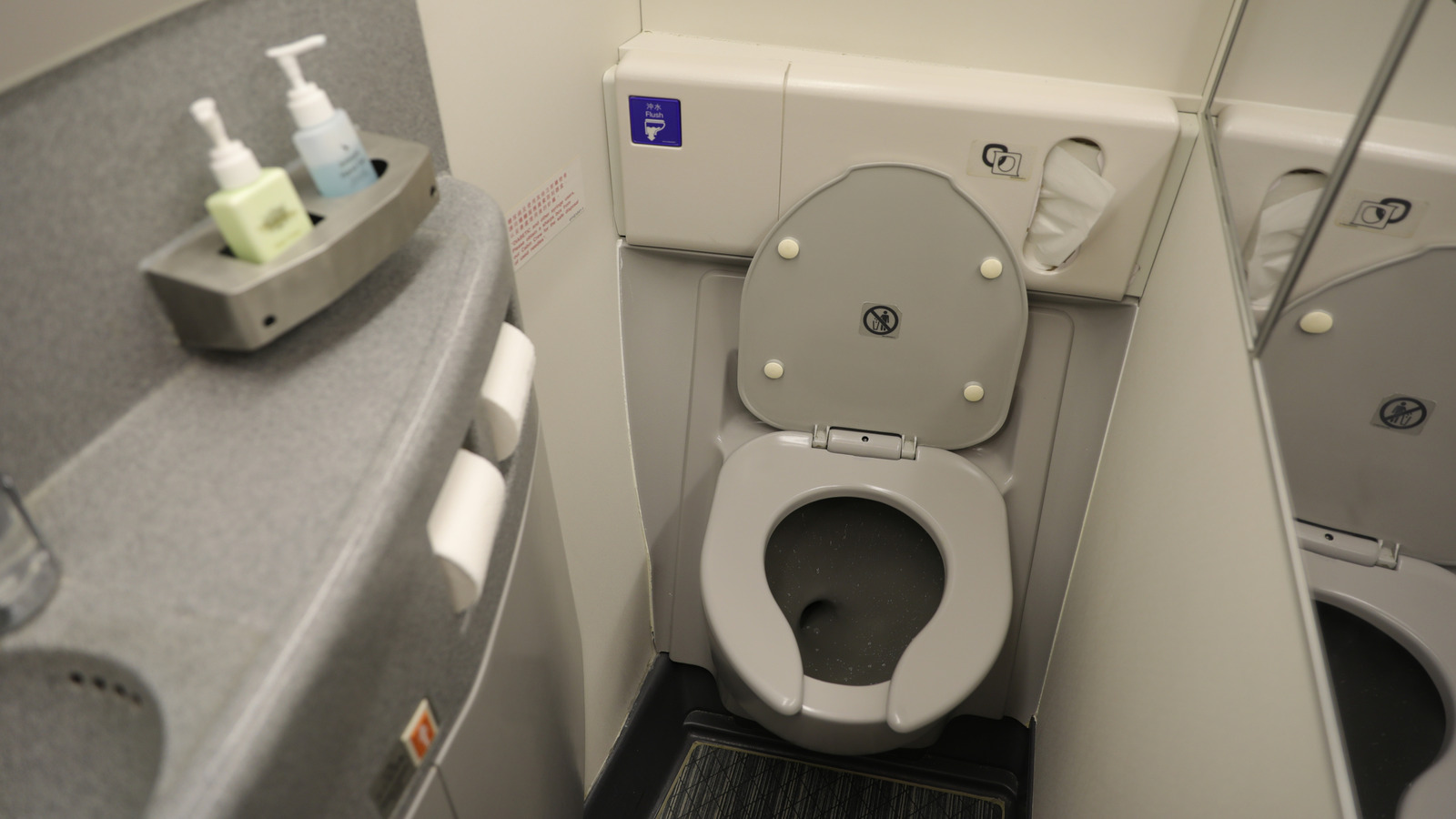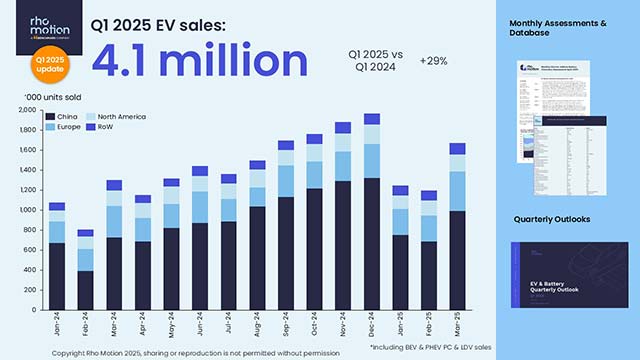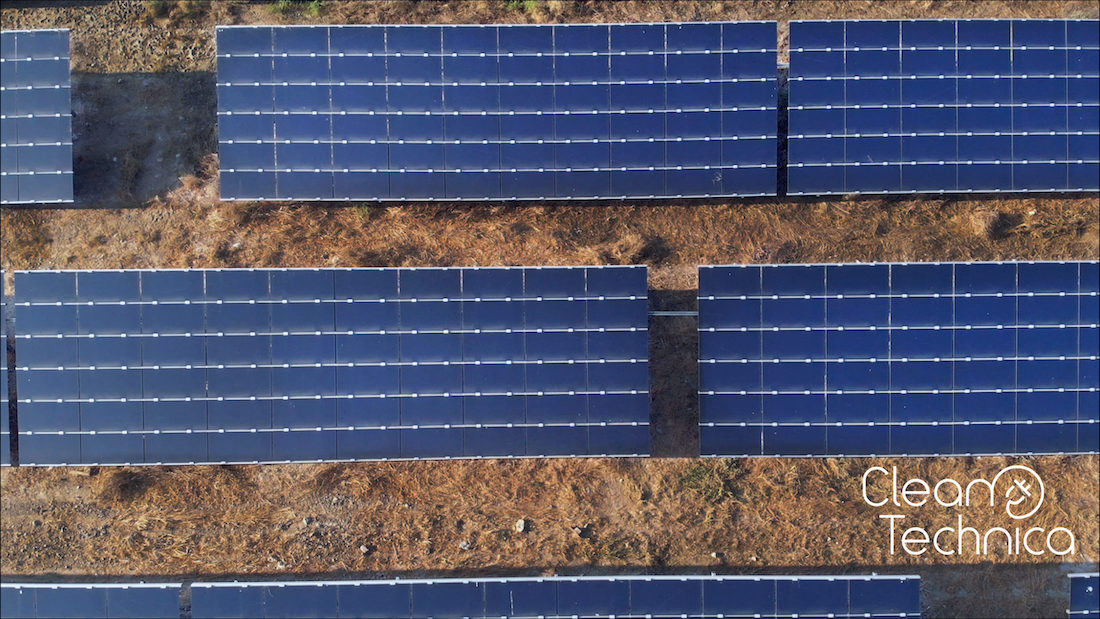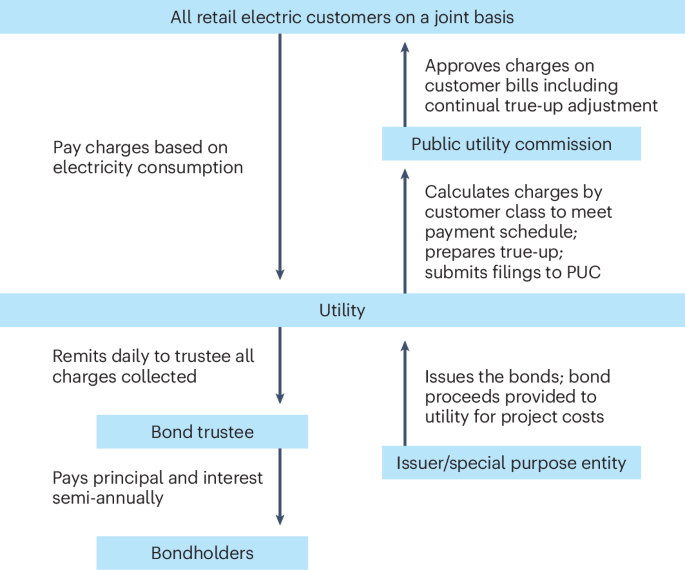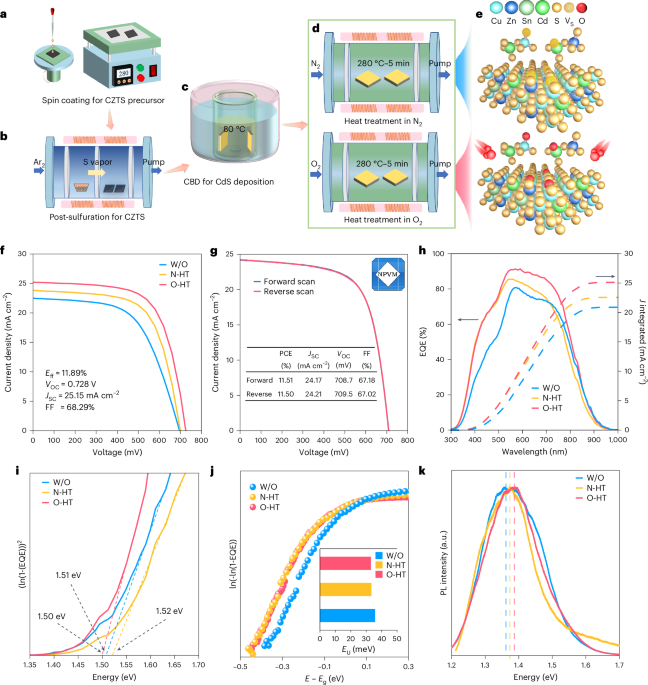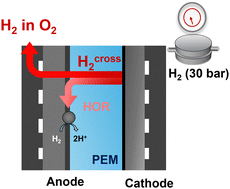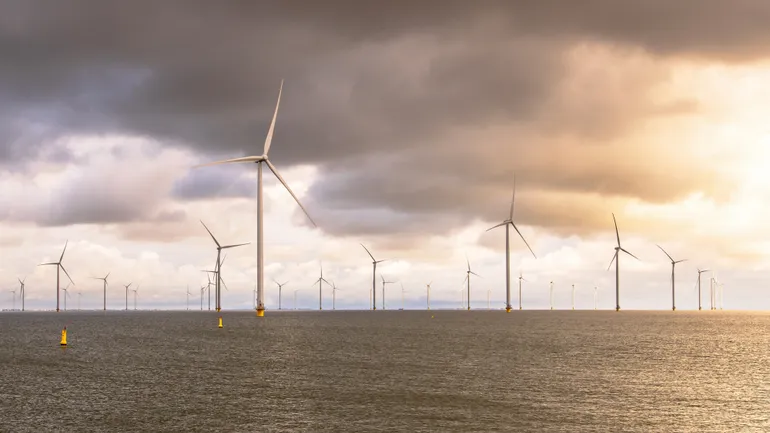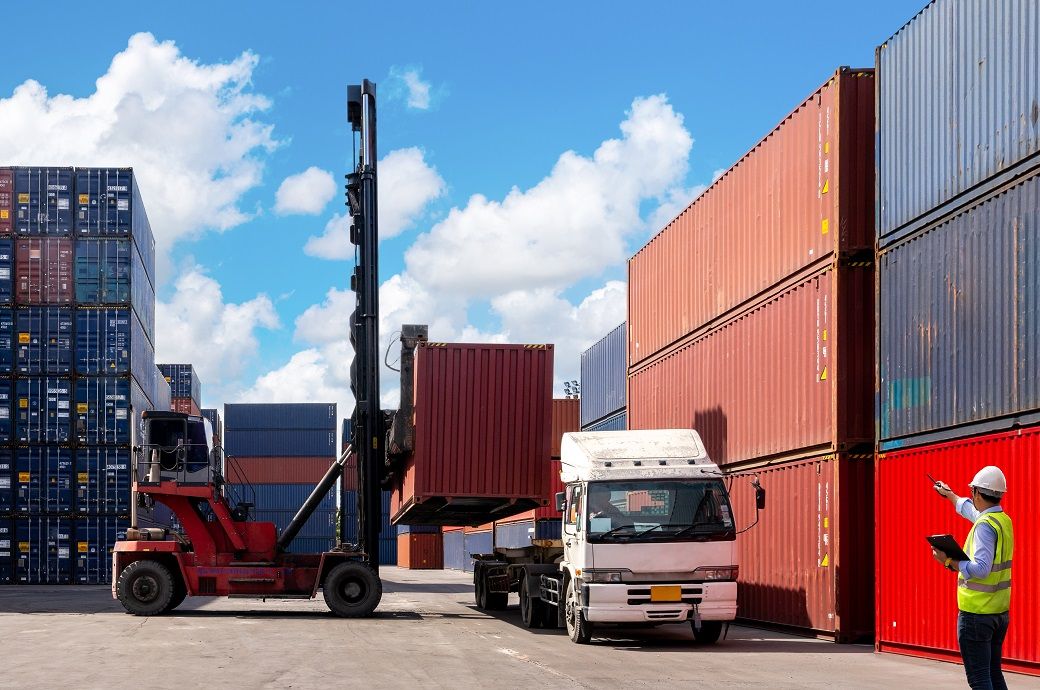Uruguay’s 2025 harvest began up to two weeks ahead of schedule following a dry winter and unusually hot February. Amanda Barnes MW reports on a fast-paced vintage marked by concentrated reds, vibrant whites and strong quality across the board.
Vintage 2025 was one of the earliest on record in Uruguay, starting up to two weeks earlier than usual, with grape varieties maturing in quick succession. The vintage in Uruguay can typically extend over three months; however, with a hot February — sometimes reaching 10°C higher than average — many vignerons found their harvest condensed into just over a month.
An early vintage
A relatively dry winter for Uruguay meant that some wine regions required irrigation — an unusual occurrence in this part of
South America. January and February were drier than usual, with around half the average rainfall. Combined with February heatwaves, this led to an early harvest.
As a general rule, harvest was around 10 days to two weeks earlier than usual across all of Uruguay’s wine regions, and most producers had finished picking by mid-March.
“It was one of the earliest harvests I remember,” says Bouza winemaker and co-founder Eduardo Boido. “In January we had some spikes in temperature, so we started picking the white wines in order not to lose too much acidity — and the quality looks very good for Albariño, Chardonnay and Riesling this year.”
The sunny and dry weather in January also offered excellent conditions for the development of the red varieties. “January was a fantastic month for developing the red grape varieties, with cool evenings and sunny, dry days,” says Francisco Carrau of Cerro Chapeu winery.
With a fast finish
February, however, came fast and furious. “The end of February was extremely hot, between seven and 10°C warmer than average, so we had to harvest quickly,” adds Carrau. “The quality is very good though, the red wines are showing great structure, ripe tannins and deep colour, especially for Tannat. Due to the heat, the grapes were also more concentrated — which slightly reduced yields by around 15%, but increased quality.”
Rains at the end of February and early March, much like in 2024, fortunately didn’t complicate the vintage too much, as the majority of grapes had already been picked. Although official national statistics are not yet published, winemakers are reporting a year of healthy fruit, higher yields than last year, and consistently good quality across the board.
Amanda Barnes MW is
the drinks business´ regular South America correspondent and author of
The South America Wine Guide.













